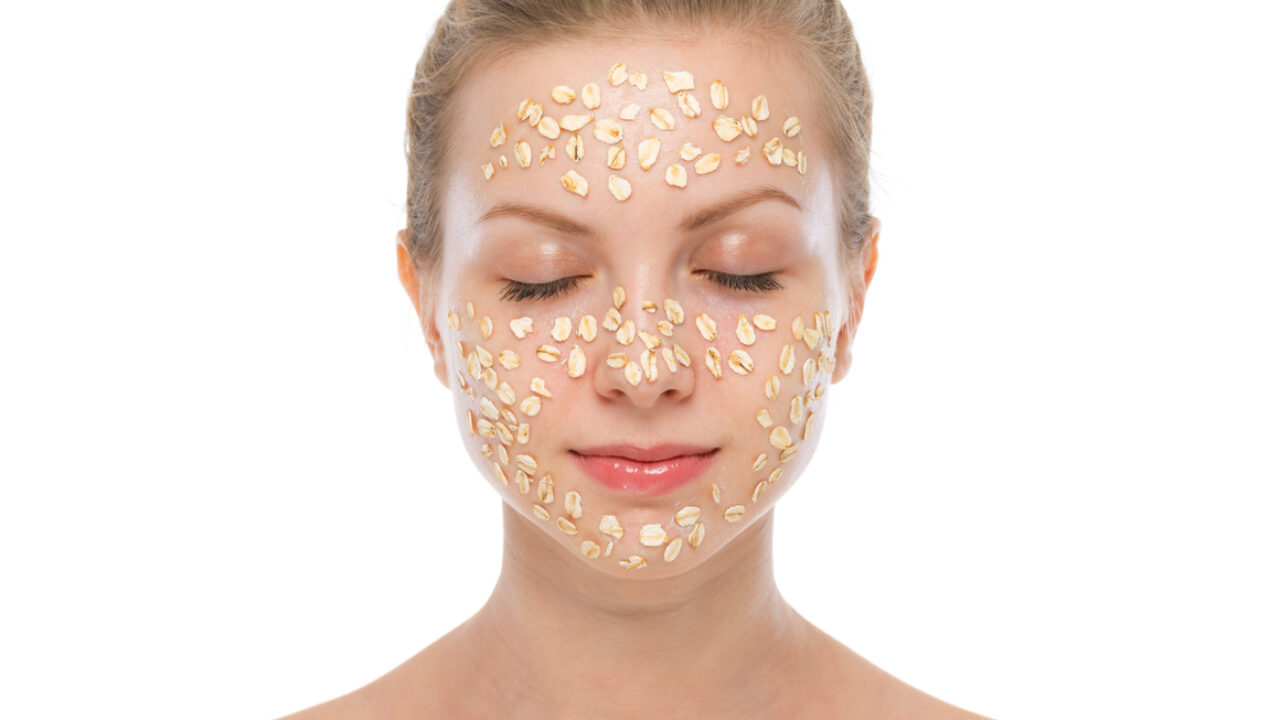
Have you ever noticed when you’re applying a skincare product, or even foundation, little balls start forming on your face and the more you rub the more they appear. The best way to describe it is when you noticed bobbles start appearing on a favourite jumper. This is known as pilling – or skin pilling – and it’s incredibly common.
It can be caused by the types of products you’re using, or when you’re using them. The key thing to note is that it’s nothing to worry about.
Below we explain more about skin pilling, its causes, how to avoid it and what to do next time it happens.
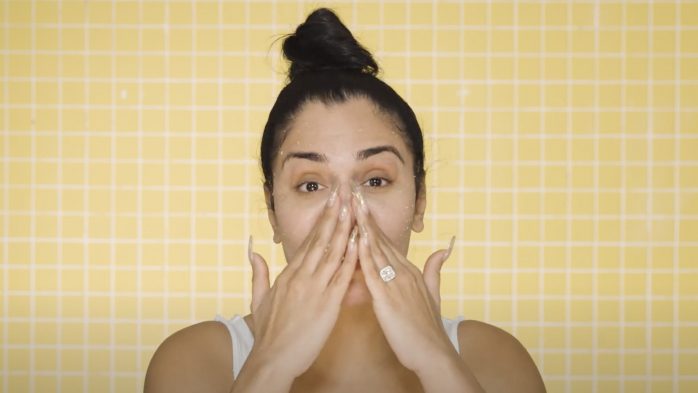 Wishful Skin
Wishful Skin Although skin pilling feels similar to the way your skin reacts to a face peel, such as the Wishful Yo Glow Enzyme Scrub, they’re very different.
The stuff that comes off your skin with a skin peel is dead skin cells. The staff that comes off during pilling is the product itself.
In fact, all it means is that the product being put on the face is rubbing off and forming small balls that are then ‘sliding’ off the surface of the face.
When this happens, your products are having a hard time absorbing into the epidermis layer of the skin; they’re basically doing a runner!
There are a few factors why skin pilling happens:
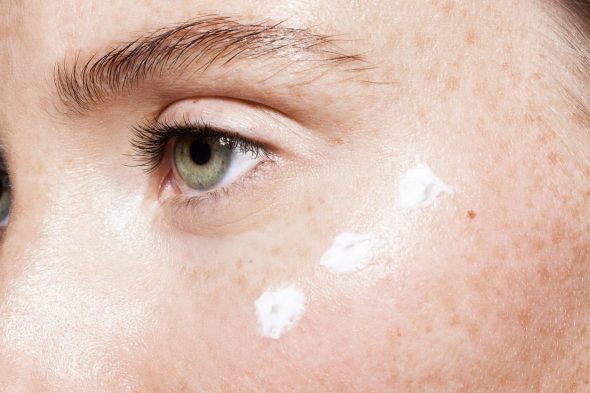 Getty Images/iStockphoto
Getty Images/iStockphoto If you think about how we layer our skincare order, it’s recommended to start with lighter skincare products first, that cleanse, tone and freshen the skin before working up to to heavier products.
Light products tend to be water-based and are typically more viscious, or runny. These are your cleansers, your toners, your exfoliators and your serums. Heavier products tend to be your moisturisers and face oils. You can read more in our How to layer your skincare guide.
Oil and water don’t mix well so if you’re using two of these products in quick succession, without letting the first be fully absorbed into the skin, you’ll end up with the second product sliding along the surface of your skin, rather than soaking in.
Products that contain silicone are also one of the biggest culprits of skin pilling. Silicone products are designed to sit on the surface of the skin, fill in fine lines to give a blurred look to your complexion. It’s usually why silicone is found in primers, some foundations and some moisturisers.
If you’re trying to put a product designed to be absorbed by the skin on top of a silicone-based product that sits on the surface, you’re going to run into trouble.
You can read more in our What does primer do? and What’s really in your foundation? guides.
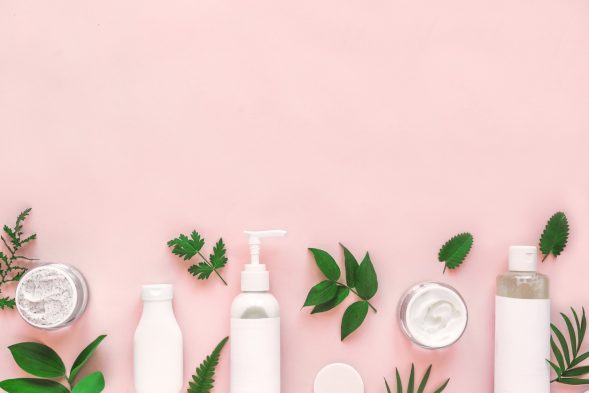 Getty Images/iStockphoto
Getty Images/iStockphoto When it comes to your skin, the ‘less is more’ approach is definitely the way to go! Your face doesn’t need to be covered and caked in products. In fact, it’s better for your skin if it’s not; to avoid congestion.
When using serums and creams there isn’t a need to over-do this, the skin will happily absorb what you feed it and giving it less will give it a better chance to absorb all the goodies that serums and creams can provide.
We also highly recommend patting serums in instead of rubbing, this causes less pulling on the skin and the serum can penetrate deeper into the skin.
FURTHER READING: How to do facial massage at home – and why it could make or break your skincare routine
 Getty Images/iStockphoto
Getty Images/iStockphoto When our skin looks uneven, or dull, it’s usually an indication we need to exfoliate our skin.
Dead skin cells can sit on the outer layer of the skin giving the appearance of flaky dry skin in certain areas of the face, or congestion and blocked pores.
When your skin is covered in dead skin cells, your skincare can’t be absorbed properly. This can also happen when applying foundation, when the dreaded dry patches appear and you have to blend and buff in an attempt to get rid of them.
Tip: If your skin is shiny, particularly on your nose or forehead, this can be a sign that you’re over-exfoliating. As you can see in our skincare order guide, you only need to use an exfoliator maybe once or twice a week.
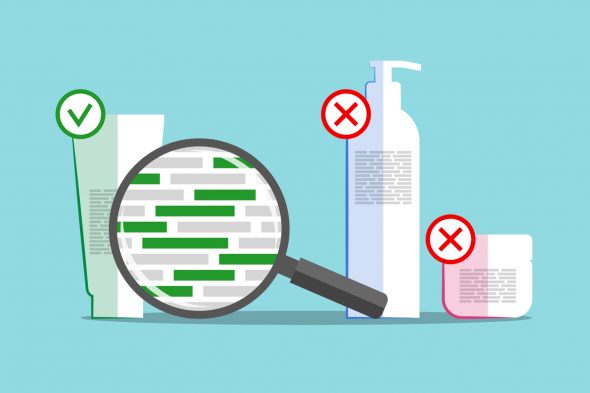 mamabella
mamabella The best way to avoid skin pilling is looking at the ingredients lists of your favourite skincare and makeup products.
Silicone ingredients are listed in ingredients that end with the word -cone. For example, Dimethicone is one to particularly look out for. We’re not saying silicone is bad but this should be the last product used to seal it all in.
Other ingredients that have been know to cause pilling include talc, iron oxide and mica.
These are highly likely to cause pilling if you’re rushing your skincare routine and not letting products sink in. These ingredients are largely found in SPF – which is why sometimes your suntan lotion might cause skin pilling.
As a result, because SPF should be used before your foundation, this may be why your foundation pills or doesn’t sit well on the skin.
Tip: The larger the concentration of an ingredient, the higher it will appear on an ingredient label or list.
To reduce the chances of your skin pilling, we recommend using a chemical exfoliant, such as The Ordinary – Lactic Acid 5% + HA (£4.24). It’s one of most gentle chemical exfoliants out there and does wonders for resetting your skin ready to start the next morning.
1. After cleansing and toning your skin, we recommend the following serums:
Tip: Always allow a few minutes to let any product used to be absorbed into the skin
2. Now move onto your moisturiser
Always use a blueberry size amount of moisturiser – remember ‘less is more’ – and if, after 10 minutes of application, your skin feels tight or a little dry then apply a little more.
Ideally, it would be great to use a silicone-free moisturiser if you’re planning on putting anything else on your skin.
However, even if your moisturiser shows silicones in the ingredients, as long as they’re high up the list they’ll likely be present in small amounts and shouldn’t cause skin pilling.
We recommend the The Ordinary – Natural Moisturizing Factors + HA (£3.77) – read more in our guide to the science of moisturiser
3. After giving your moisturiser 10 minutes to absorb fully, go in with your SPF
You can see why SPF is so important, even in winter, in our What is SPF and why is it so important? guide, or get recommendations of the best SPF products in our What SPF do I need? guide.
4. After 10 minutes, start applying foundation
We highly recommend using a damp beauty blender because it gives a lighter touch when applying, and therefore less chance of pilling.
If you’re using a primer before foundation, make sure it is compatible with your foundation. An oil-based primer and water-based foundation, for example, may leave you with a cakey complexion. And vice versa.
Similarly, if your primer contains silicone, it will create a smooth base but your foundation will sit on top of it so you need to make sure that your foundation isn’t water-based.
The best way to go is to choose a primer and foundation that have the same base and then you don’t have to worry about it sliding off! You can read more in our What’s really in your foundation? The chemicals you need to look out for guide.

